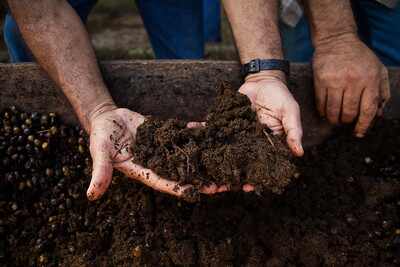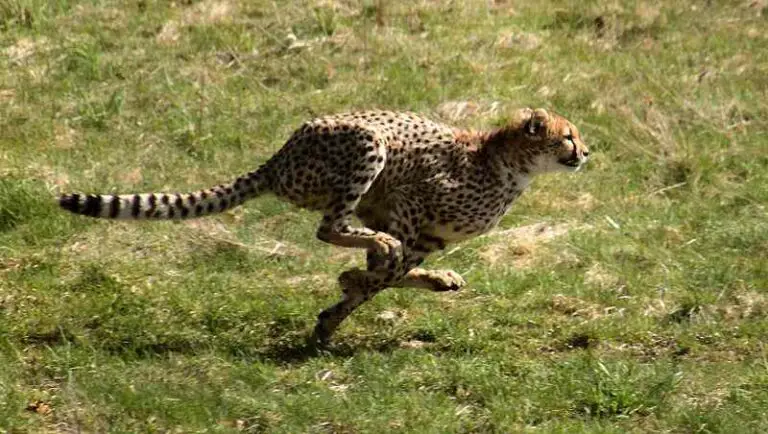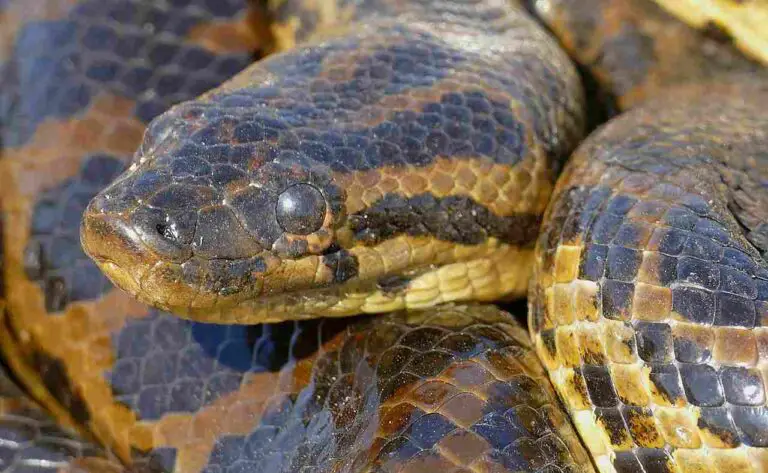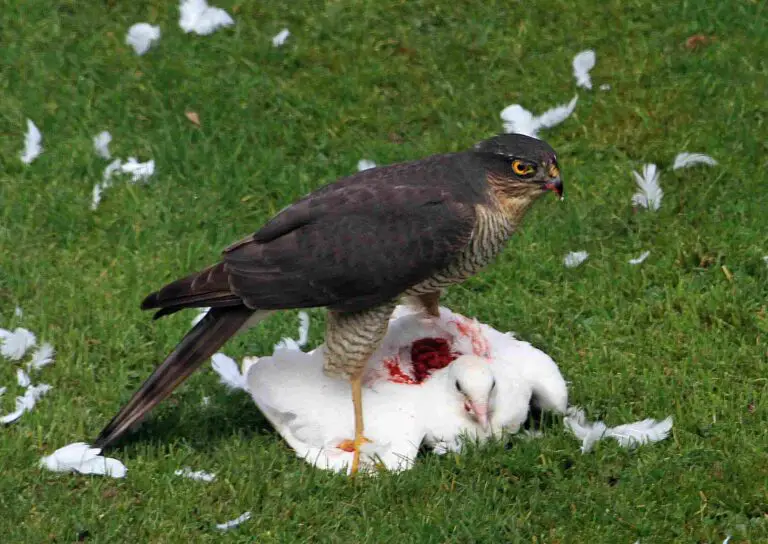5 Methods of Soil Conservation Explained
Methods of soil conservation are; crop rotation, organic fertilization, contour cropping, windbreak utilization, and buffer strip cultivation. They are broadly categorized into regenerative and protective methods.
This article discusses the methods of soil conservation, as follows;
-Regenerative Methods of Soil Conservation
Regenerative methods of soil conservation are; crop rotation and organic fertilization.
1). Crop Rotation (as one of the Methods of Soil Conservation)
Crop rotation is a sustainable agricultural practice that entails the cultivation of different types of crops on a given land in a sequential order.
Its advantages include soil physicochemical optimization, nutrient replenishment, pest and disease control.
Types or methods of crop rotation can be distinguished based on available land resources and crop planting schedule, into one-field, two-field, four-field and so on.
As a method of soil conservation, crop rotation is very effective because of the close link between plant growth patterns and soil health [2].
This link is exploited in crop rotation, so that crops are selected and rotated deliberately in a manner that allows soil to conserve and replenish its nutrients, and support plant-growth effectively without risk of degradation.
The above explanation is why crop rotation is considered to be a regenerative method, as it is based not only on the objective of protecting soil nutrients, but also on restoring lost nutrients through natural regenerative processes like nitrogen fixation, biodegradation and carbon sequestration; all of which can occur as crops are rotated.
2). Organic Fertilization
As the name implies, organic fertilization is the act and process of improving soil fertility by the addition of materials from organic sources, or biomass.
Soil organic fertilizer is any additive that comprises entirely or mostly of plant and animal waste. It is often produced deliberately by composting, whereby these waste materials are accumulated and allowed to decompose under some level of control.
Organic fertilizer use is a method of soil conservation because of the compatibility of organic materials with the ecosystem. Thee materials are generally preferable to inorganic mineral fertilizer, which can facilitate some negative environmental impacts like erosion and pollution when used solely and/or excessively [1].
Organic fertilizer improves soil by supplying nutrients, increasing soil organic carbon (SOC), and increasing useful microbial populations as biodegradation of organic matter occurs in soil.
Examples of organic fertilizer are; compost, agricultural waste, biochar from pyrolysis, municipal food waste, and sewage sludge.
Organic fertilization as a regenerative method of soil conservation is even more effective when combined with protective methods like conservation tillage and contour cropping [4].

-Protective Methods of Soil Conservation
Protective methods of soil conservation are; contour cropping, windbreak utilization, and buffer stripping.
3). Contour Cropping (as one of the Methods of Soil Conservation)
Contour cropping; also referred to as contour farming, contour ploughing or strip cropping, is a sustainable farming practice whereby cultivation is carried out along lines or areas of equal elevation in a given land, to mitigate the risk of erosion.
The method has generally-positive effects on soil, and is most recommended for lands in undulating areas.
Contour farming conserves soil by slowing surface runoff, preventing leaching, and allowing water and nutrients to settle and be absorbed effectively by the soil. In this light, it can be argued that contour farming also performs water conservation, since it reduces the amount of water that is lost as runoff.
Also, hazards like landslides can be mitigated to some extent by contour farming.
4). Windbreak Utilization
A windbreak, also known as a shelterbelt; is any of multiple rows of trees and/or shrubs cultivated on land to protect the soil from erosional agents like wind [5]. The cultivation of windbreaks falls within the field of agroforestry, which is often regarded as one of the principles of sustainable agriculture.
Windbreak utilization is a protective method of soil conservation, meaning that the main purpose of a wind break is to provide physical protection to the soil. It also implies that th effectiveness of this method depends on the number, arrangement, areal coverage, and physical resilience, of the trees and shrubs used.
A windbreak can protect soil from erosion in wind-prone areas, provided it is well cultivated and fortified. It can also, in ripple effect, protect soil from moisture and nutrient loss, which are both precursors to desertification.
5). Buffer Strip Cultivation (as one of the Methods of Soil Conservation)
As the name implies, buffer strip cultivation (or buffer strip farming) is a sustainable farming technique that involves cultivating a permanent row or strip of vegetation to protect both soil and crops.
A buffer strip is often used to delineate land from a body of water, to prevent erosion and water pollution. In such cases it is called a riparian buffer.
The importance of buffer strips in soil conservation arise from their ability to reduce runoff and enable soil retain its nutrients and moisture. This is also the purpose of buffer strip cultivation.
Multiple functions of buffer strips in farming areas include carbon sequestration, pest control, nutrient conservation and erosion mitigation [3].

Conclusion
Methods of soil conservation are;
1. Crop Rotation
2. Organic Fertilization
3. Contour Cropping
4. Windbreak Utilization
5. Buffer Strip Cultivation
References
1). Badu Brempong, M.; Addo-Danso, A. (2022). "Improving Soil Fertility with Organic Fertilizers." New Generation of Organic Fertilizers. Available at: https://doi.org/10.5772/intechopen.103944. (Accessed 18 February 2023).
2). Degu, M.; Melese, A.; Tena, W. (2019). "Effects of Soil Conservation Practice and Crop Rotation on Selected Soil Physicochemical Properties: The Case of Dembecha District, Northwestern Ethiopia." Hindawi, Applied and Environmental Soil Science 2019(6):1-14. Available at: https://doi.org/10.1155/2019/6910879. (Accessed 18 February 2023).
3). Haddaway, N. R.; Brown, C. D.; Eggers, S.; Josefsson, J.; Kronyang, B.; Randall, N.; Uusi-Kämppä, J. (2016). "The multifunctional roles of vegetated strips around and within agricultural fields. A systematic map protocol." Environmental Evidence 5(1). Available at: https://doi.org/10.1186/s13750-016-0067-6. (Accessed 18 February 2023).
4). Roose, E.; Barthès, B. G. (2001). "Organic matter management for soil conservation and productivity restoration in Africa: A contribution from francophone research." Nutrient Cycling in Agroecosystems 61(1):159-170. Available at: https://doi.org/10.1023/A:1013349731671. (Accessed 18 February 2023).
5). Singh, S.; Rao, V.; Singh, D. (1995). "Role of shelter-belts and wind breaks in sustainable agriculture." Available at: https://www.researchgate.net/publication/322231439_Role_of_shelter-belts_and_wind_breaks_in_sustainable_agriculture. (Accessed 18 February 2023).





